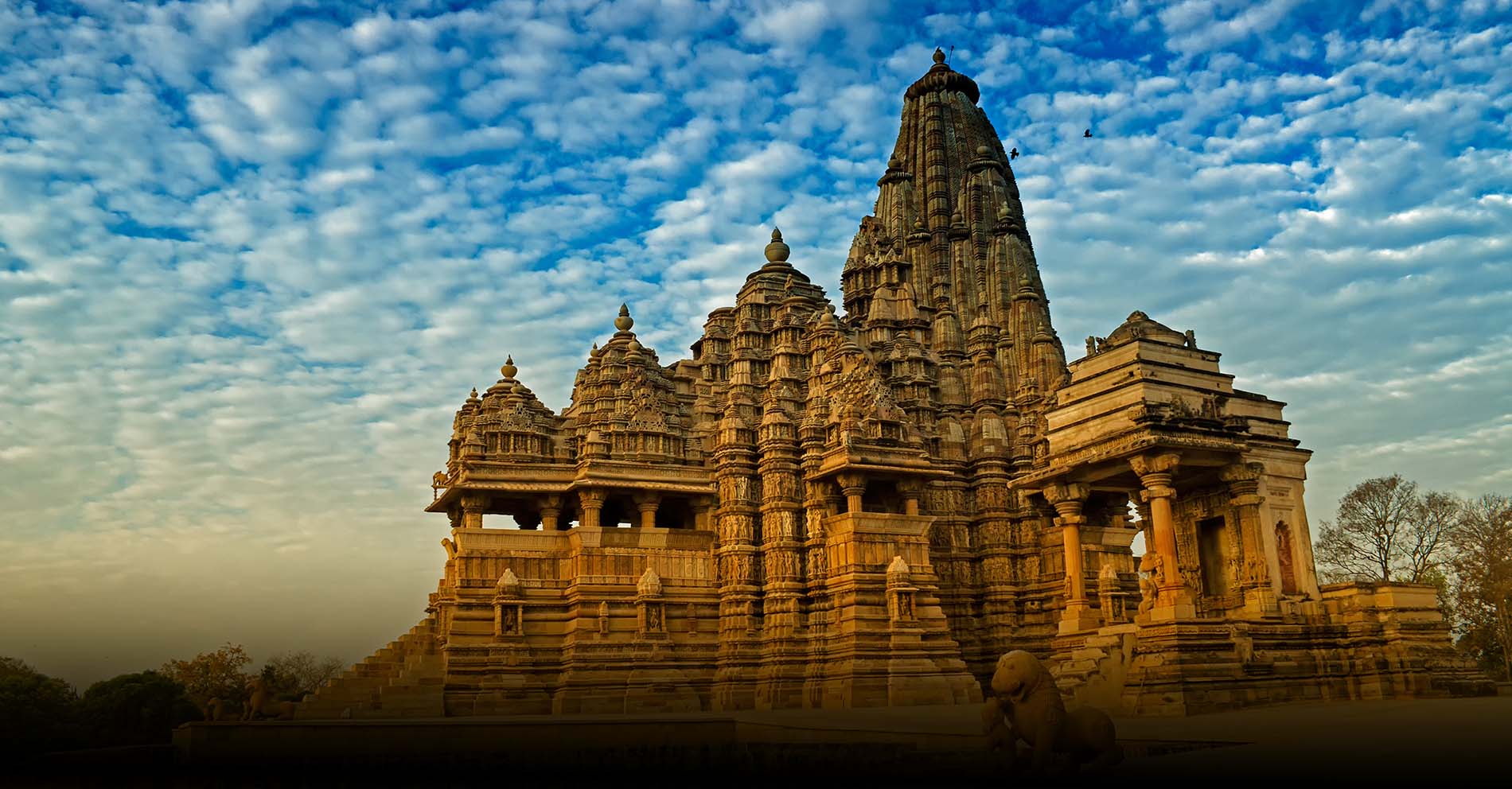Building a temple is a profound endeavor, requiring careful planning, skilled craftsmanship, and a deep understanding of religious and cultural traditions. Temples serve as sacred spaces where worshippers come to seek solace, connect with the divine, and participate in communal rituals. If you’re considering embarking on the journey of constructing a temple, here are some essential basics to keep in mind.
Understanding the Purpose
Before laying the first stone, it’s crucial to understand the purpose of the temple. Temples are not merely architectural marvels; they are spiritual sanctuaries designed to facilitate worship, meditation, and reflection. Whether dedicated to a specific deity or serving a particular religious community, the temple’s purpose should guide every aspect of its construction.
Choosing the Location
Selecting the right location is paramount when constructing a temple. The site should be serene, easily accessible to worshippers, and conducive to spiritual practice. Additionally, factors such as proximity to natural elements like water bodies or mountains and adherence to Vastu or Feng Shui principles may influence the choice of location.
Architectural Design
The architectural design of a temple is more than just aesthetics; it’s a reflection of cultural heritage and religious beliefs. Traditional temple architecture varies widely across regions, with each style incorporating unique elements and symbolism. Whether it’s the intricate carvings of South Indian temples or the towering spires of North Indian temples, the design should resonate with the spiritual ethos of the community.
Engaging a Temple Contractor in Rajasthan
When it comes to temple contractor in Rajasthan, engaging a reputable temple contractor is essential. A temple construction contractor specializing in Rajasthan’s architectural style can ensure that the temple embodies the region’s rich cultural heritage. From sourcing local materials like sandstone and marble to employing skilled artisans proficient in traditional craftsmanship, a knowledgeable contractor plays a crucial role in bringing the temple vision to life.
Materials and Techniques
The choice of materials and construction techniques can significantly impact the longevity and spiritual ambiance of the temple. In Rajasthan, where stone carving is a revered art form, temples often feature intricate marble or sandstone work. Traditional methods such as Vastu-based layout planning and Shilpashastra guidelines may also be employed to ensure architectural integrity and auspiciousness.
Community Involvement
Constructing a temple is not just a construction project; it’s a communal endeavor that brings people together in devotion and service. Engaging the local community in various aspects of temple construction contractor fosters a sense of ownership and pride. Whether through volunteer labor, donations, or participation in religious ceremonies, involving the community ensures that the temple becomes a vibrant center of spiritual life.
Sacred Rituals and Blessings
Once the physical structure of the temple is complete, it’s essential to conduct sacred rituals and seek blessings from religious authorities. These rituals, known as Prana Pratishtha, infuse the temple with divine energy and sanctify its sacred space. Additionally, seeking blessings from spiritual leaders and elders ensures the temple’s auspicious inauguration and paves the way for its role as a beacon of spirituality.
In conclusion, constructing a temple is a sacred endeavor that requires careful planning, cultural sensitivity, and community involvement. By understanding the purpose, choosing the right location, engaging knowledgeable contractors, and adhering to traditional techniques, you can create a temple that not only stands as a testament to architectural beauty but also serves as a cherished haven for spiritual seekers.

